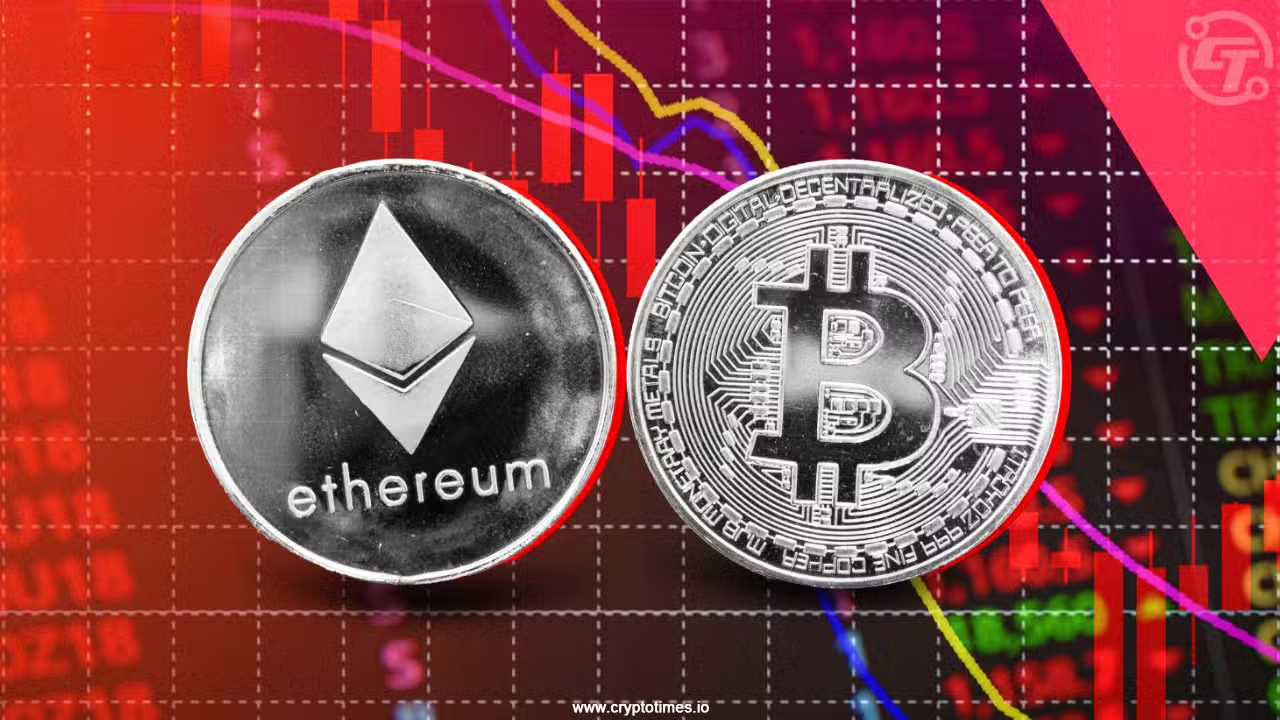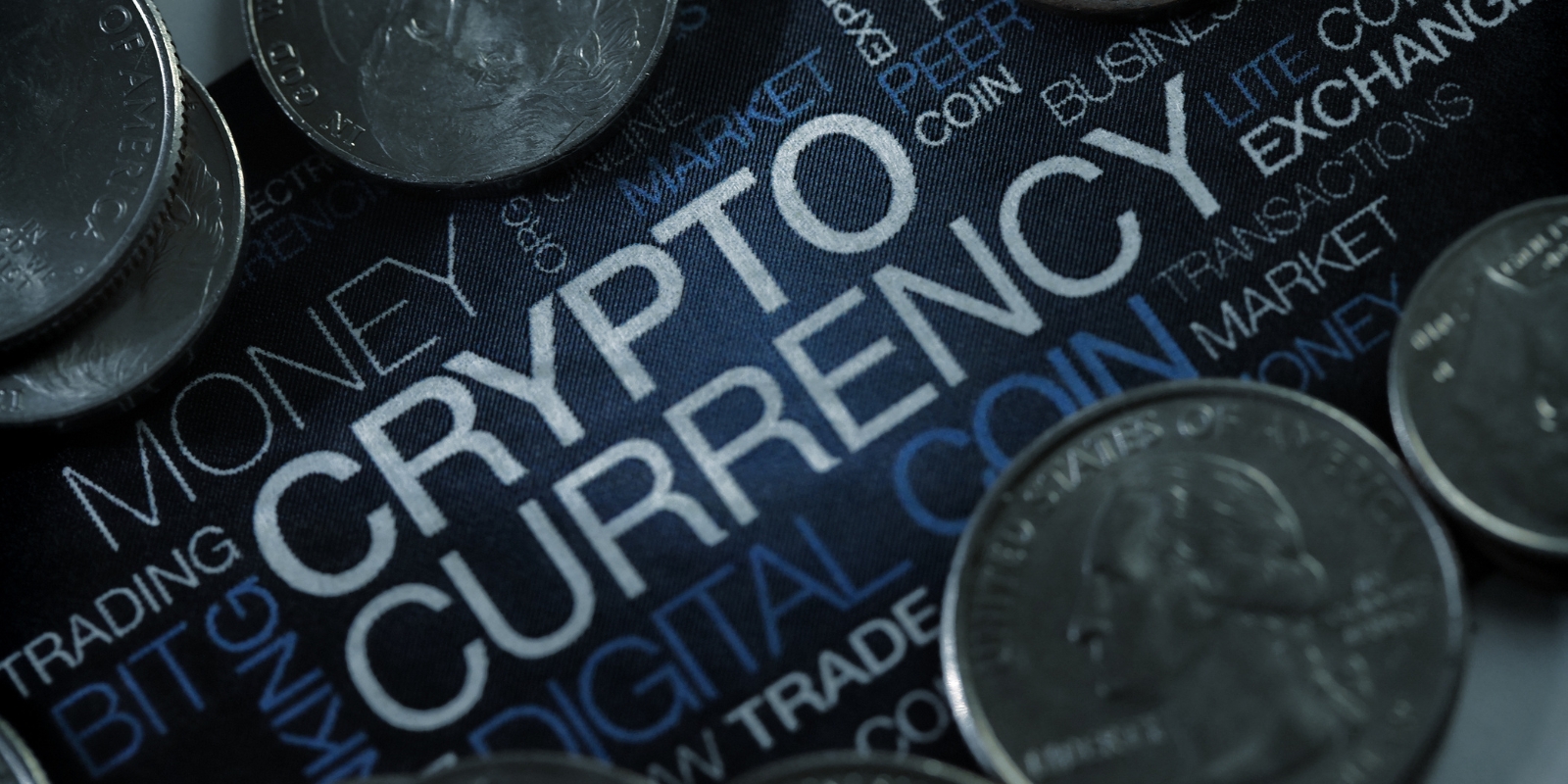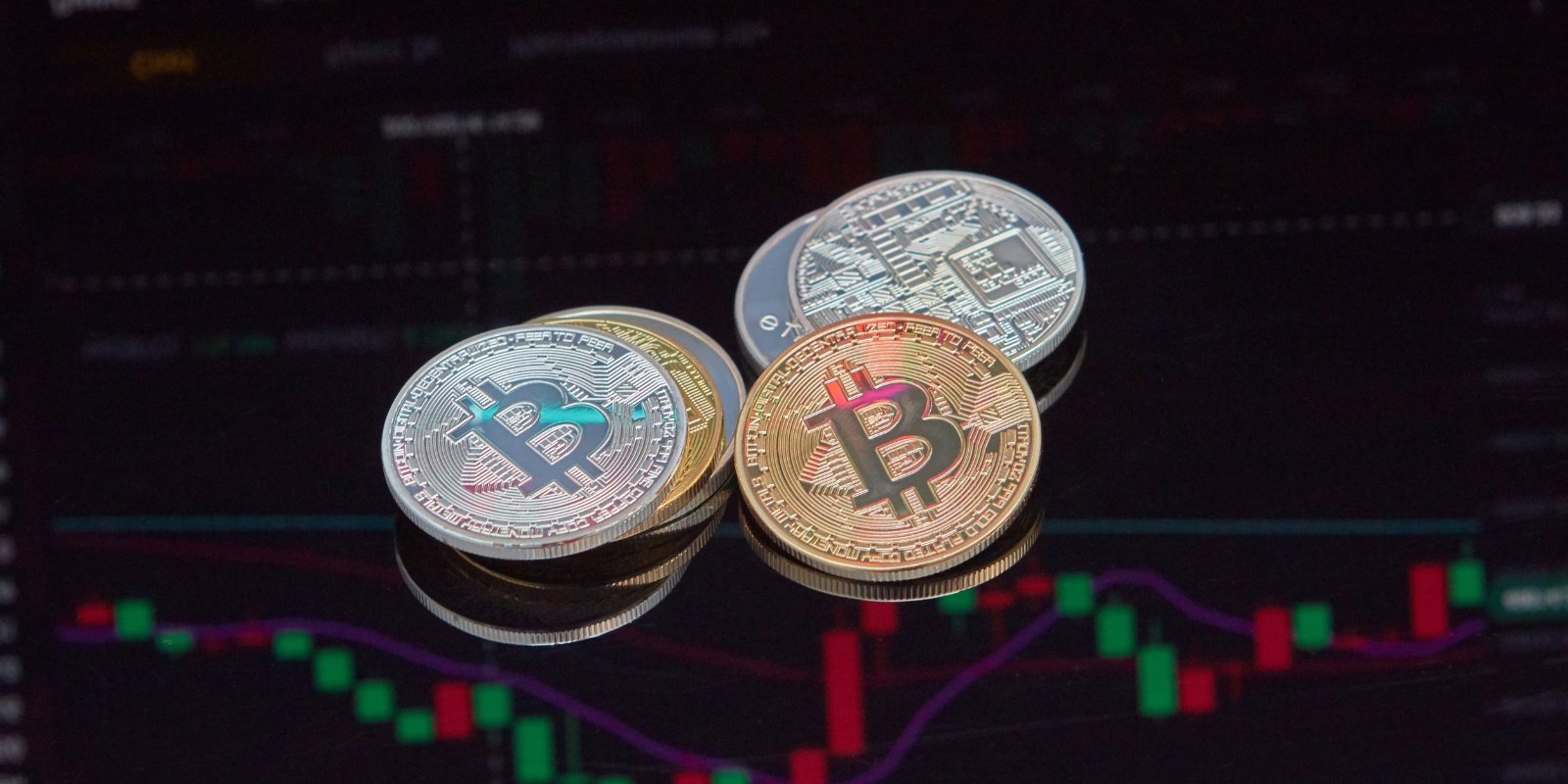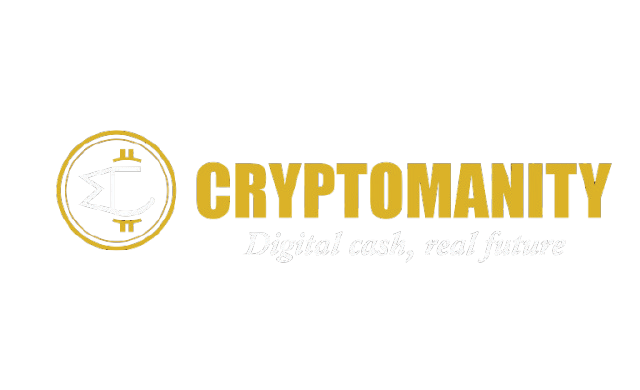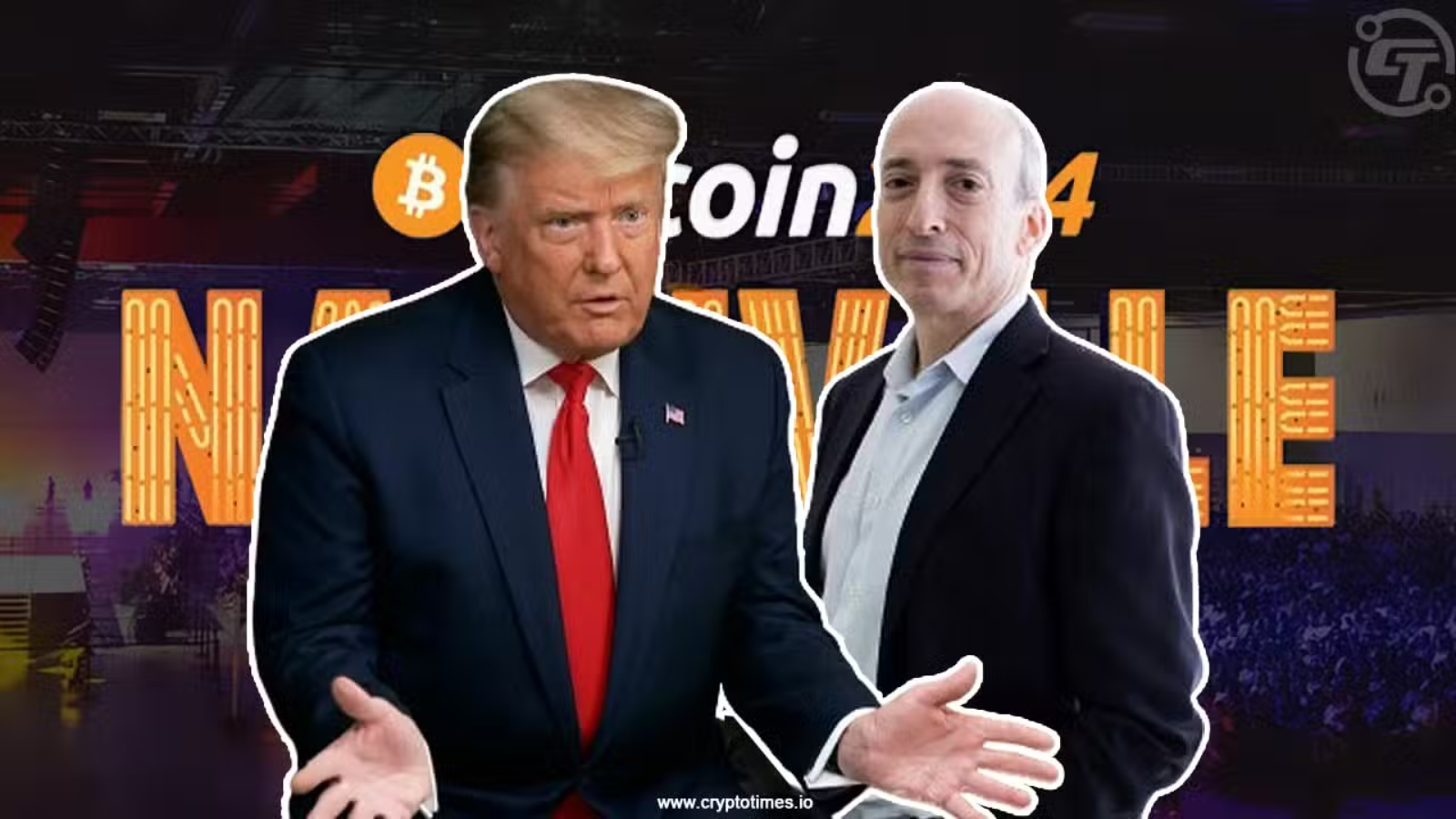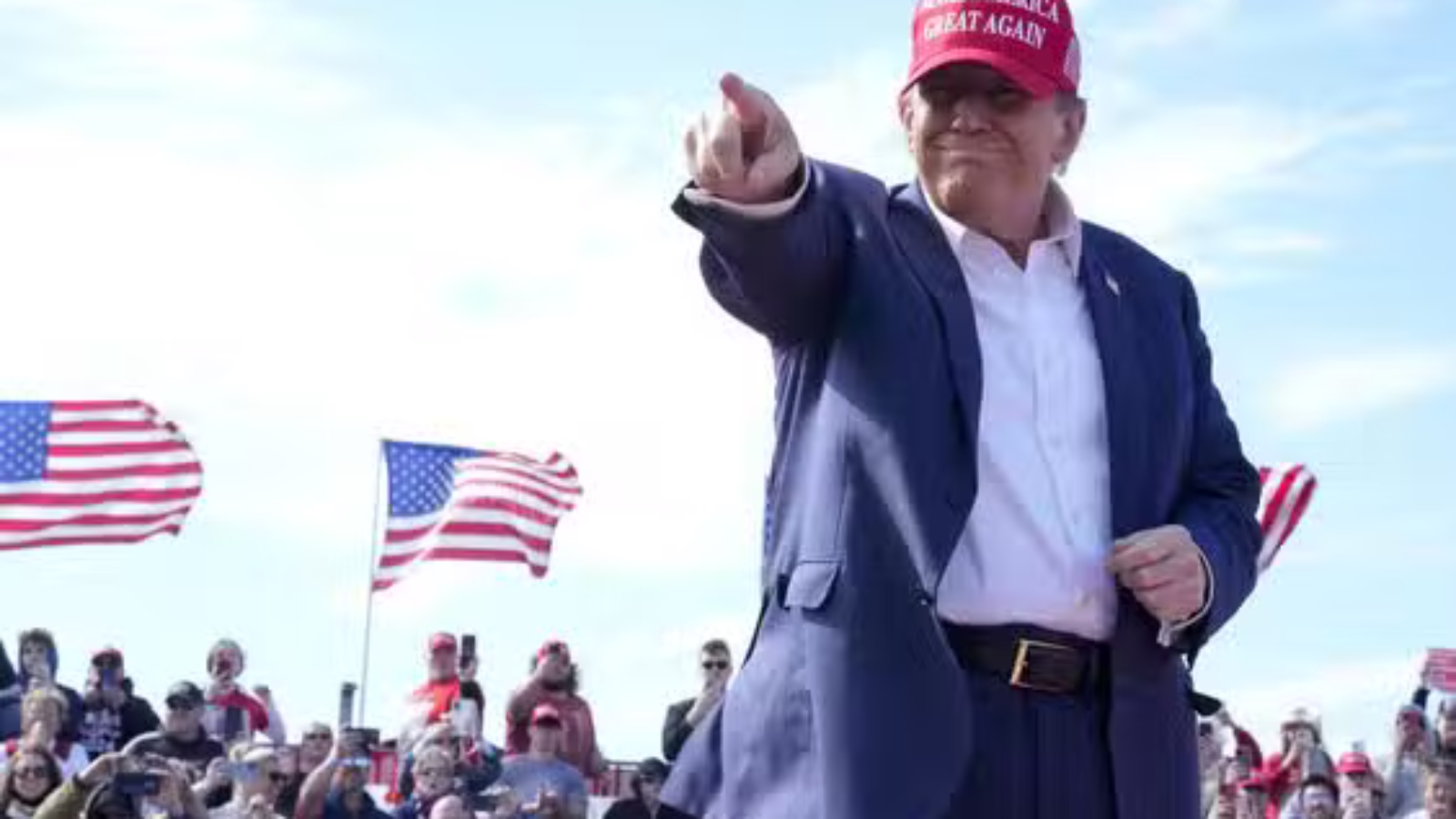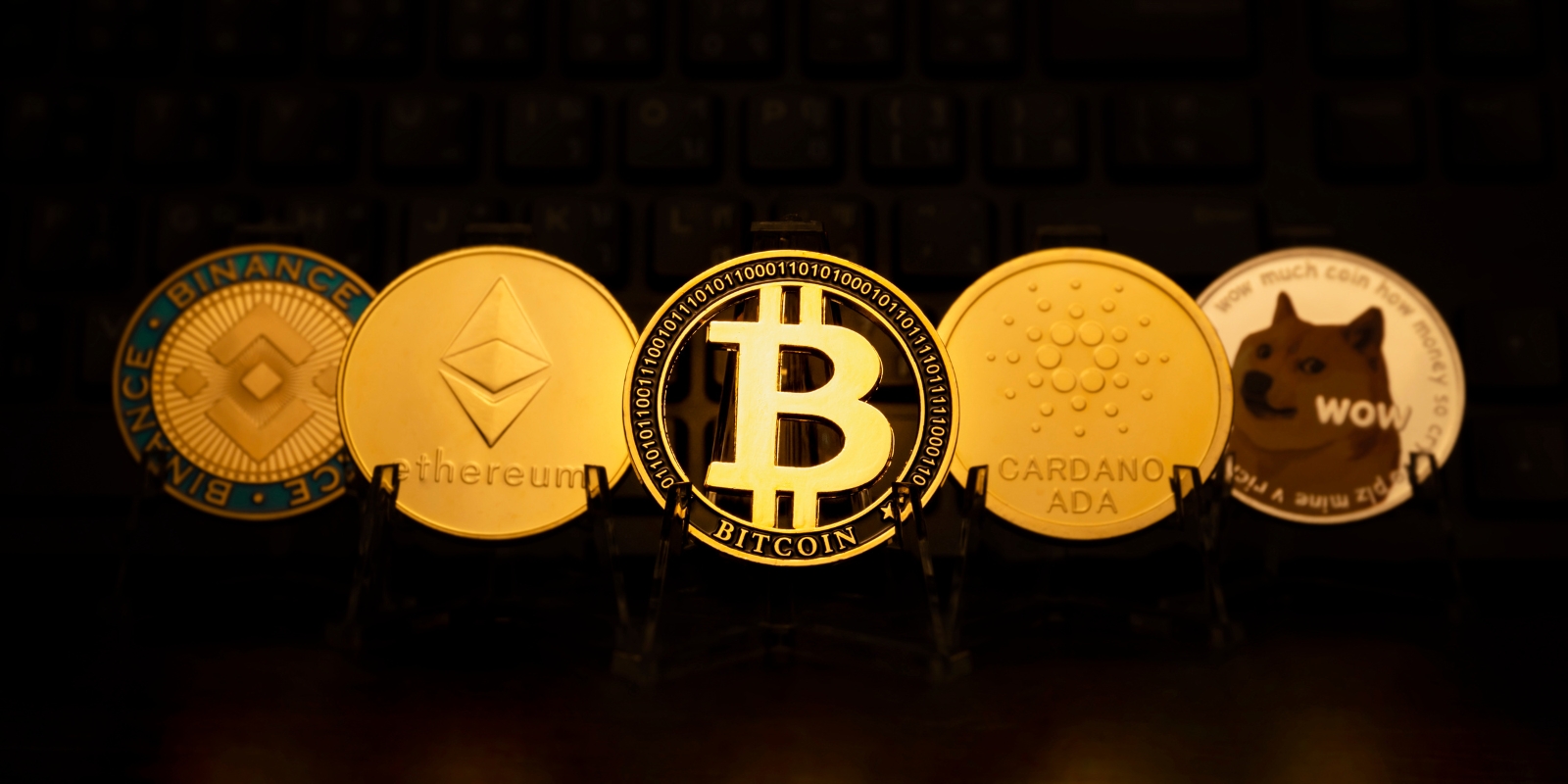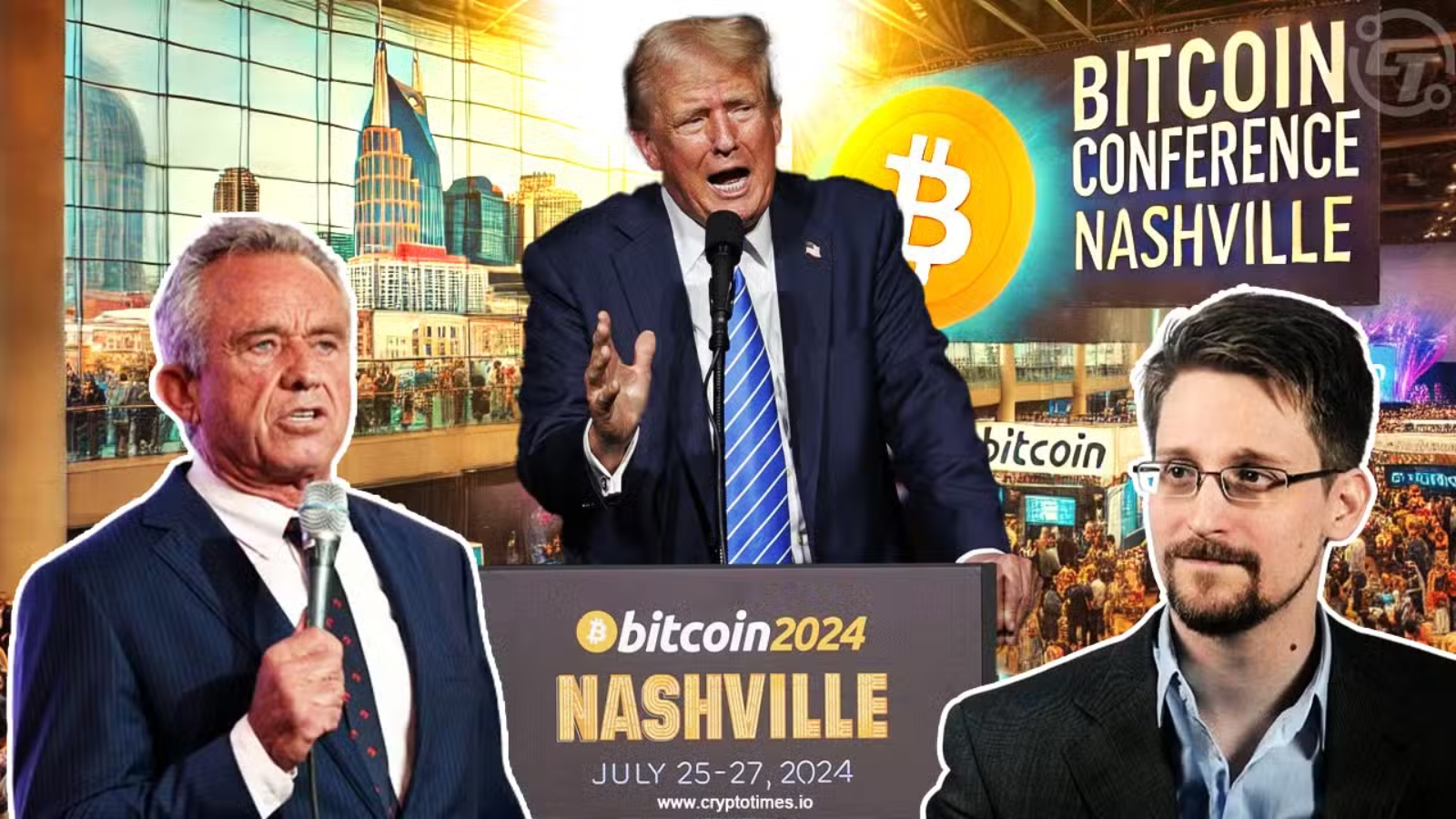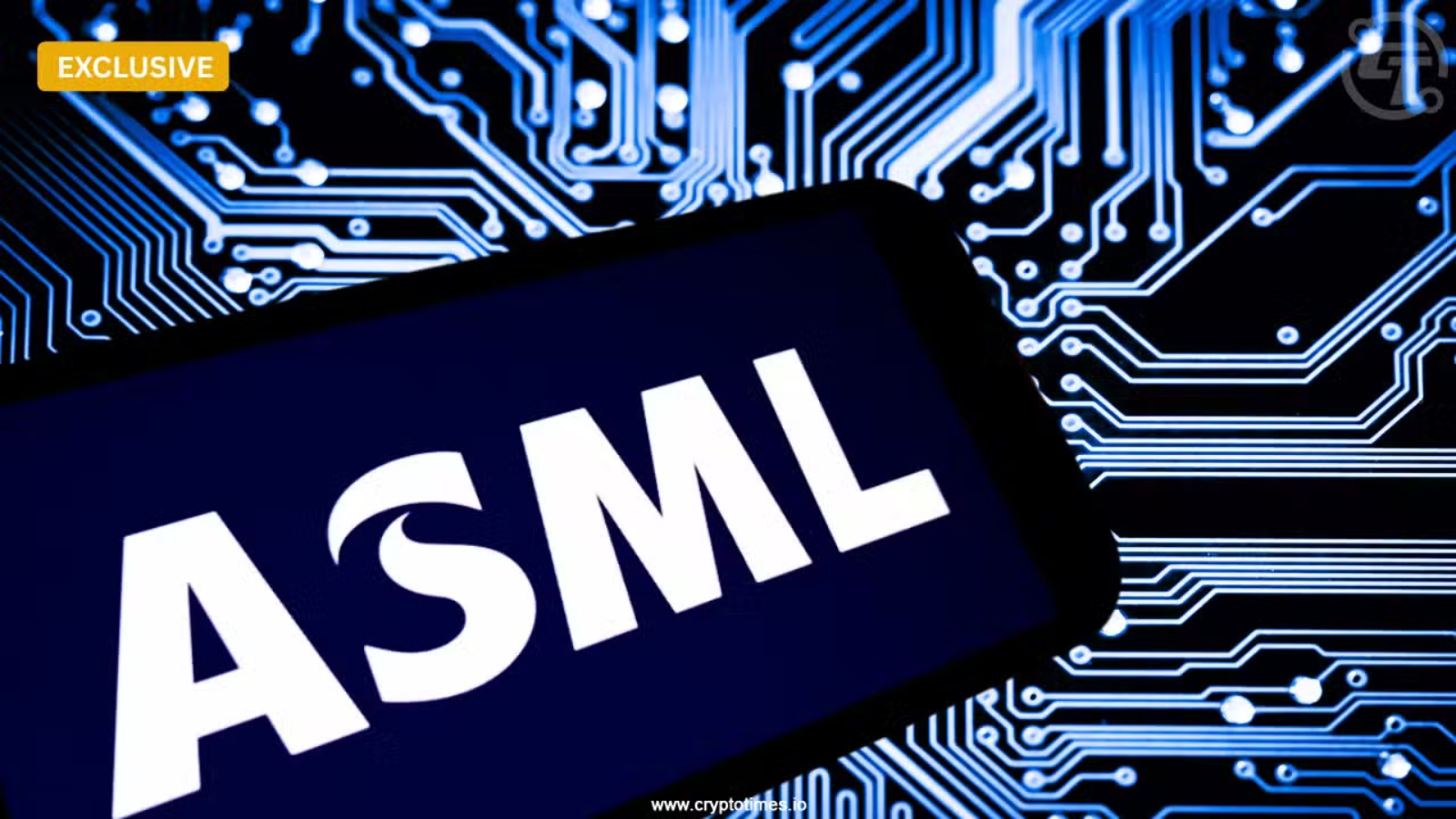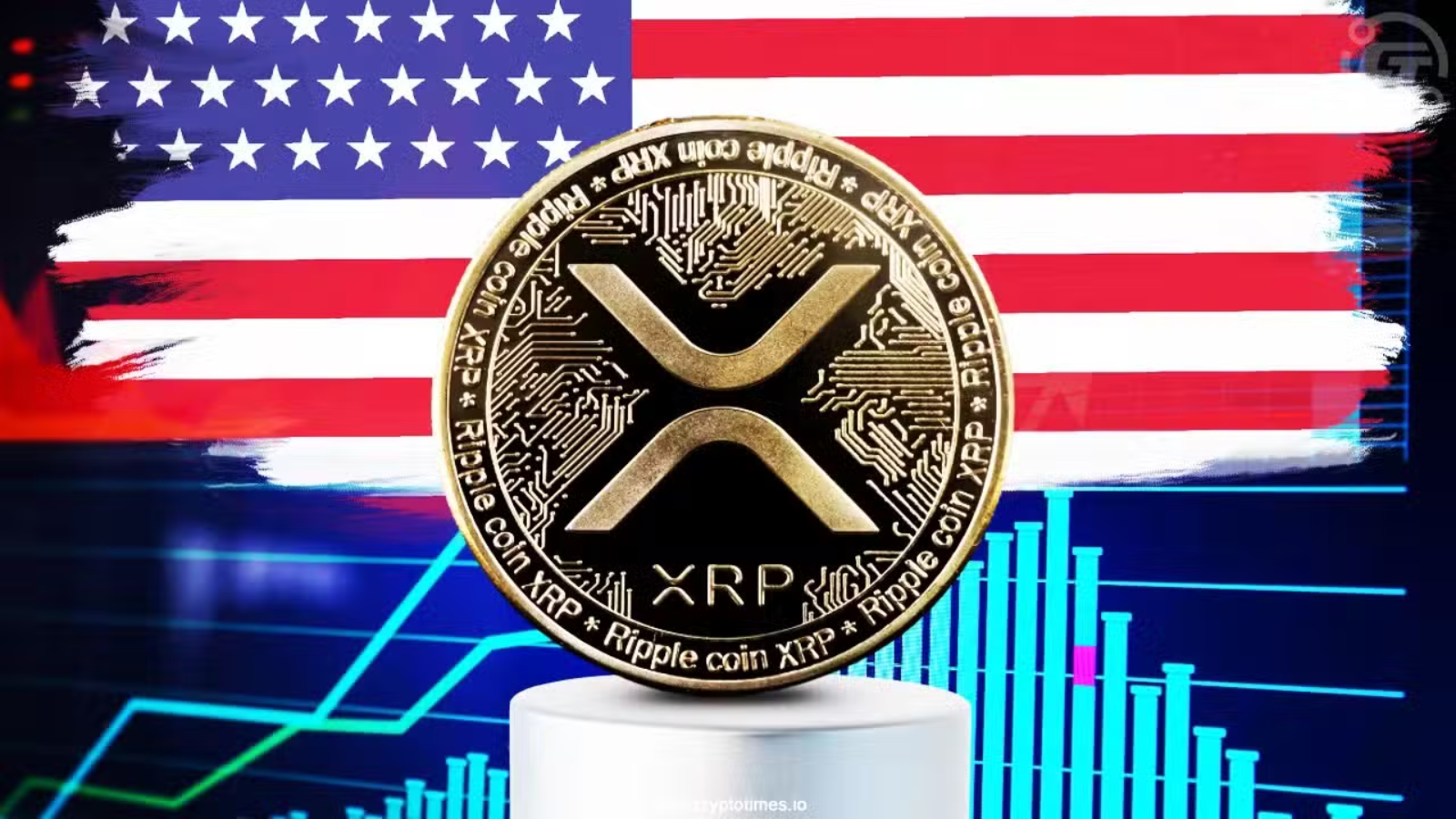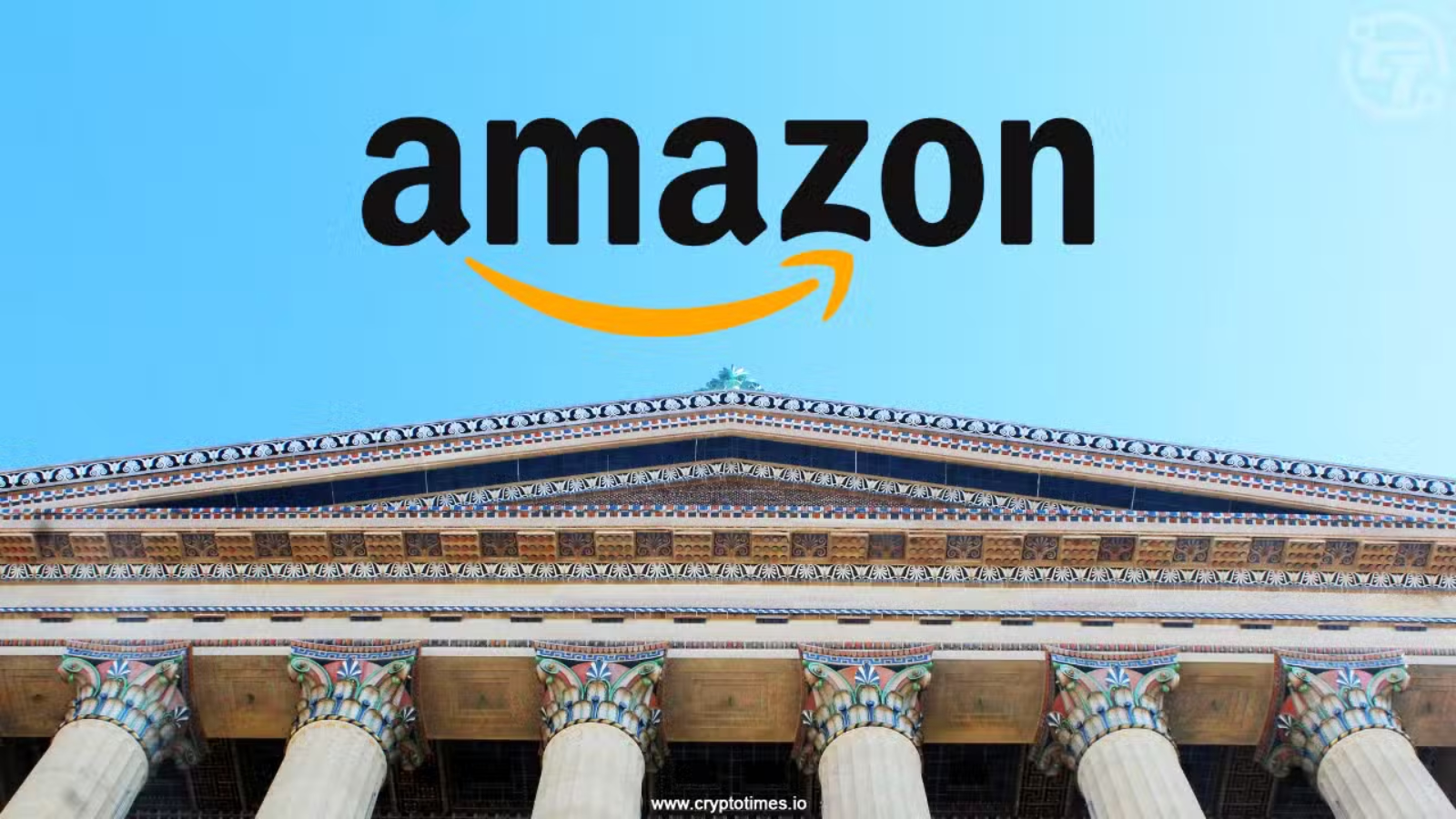On July 27 afternoon, as former president Donald Trump arrived at the Bitcoin 2024 Nashville stage, an electrified crowd of over 20,000 crypto lovers were awaiting his address. And Trump did not disappoint!
His 45 minute long speech had truth bombs, lofty claims, a touch of political mudslinging and much awaited promises that the crypto community was expecting. From promising appointment of his preferred crypto advisory council to claims of firing the SEC chair Gary Gensler on day 1, Trump’s speech had all the right ingredients to make global headlines.
But the three day Bitcoin 2024 Nashville conference was not just about Trump but also a congregation of other politicians, crypto industry leaders, developers, traders and fellow crypto lovers.
Here are some major highlights that attracted attention during the Nashville Bitcoin Conference 2024.
Key Highlights of Bitcoin Conference 2024 In Nashville
1. Donald Trump: Bitcoin Will Be Made In America
Former President Donald Trump made a major impact with his announcement of support for the American Bitcoin industry. He recognized the importance of financial freedom and the role of Bitcoin in promoting economic independence through decentralization.
Trump advocated for a regulatory environment to boost innovation and to position the U.S. as a “superpower” in the global Bitcoin sector.
Donald Trump made an important announcement regarding his plans for cryptocurrency regulation if he were reelected during the Bitcoin 2024 Nashville conference. Trump mentioned the creation of a new Presidential Advisory Council dedicated to controlling Bitcoin and Cryptocurrency.
According to him, this council would prepare transparent guiding principles as they marked the first 100 days of his administration. This is geared towards ensuring the creation of a clear and supportive regulatory framework.
While making his speech, Trump strongly opposed central bank digital currencies (CBDCs) by stating that there is no space for them. On his first day in office, Trump promised to fire SEC Chairman Gary Gensler and put someone else at the helm who understands how innovation can be promoted.
According to him, “If crypto is going to define the future, it will be mined, minted, and made in America,” he said. “If Bitcoin is going to the Moon, I want America to send it there.”
Consequently, it was discovered that the federal government owns 2% of the world’s bitcoin reserves and warned against selling bitcoin. Therefore, according to him, all bitcoins sold will remain with his administration.
2. Bitcoin is Inevitable & Policy Makers Should Understand This: RFK Jr.
As an independent presidential candidate, Kennedy spoke on the importance of decentralization and Bitcoin’s “transactional freedom”. He discussed his vision for a regulatory framework that fosters innovation while ensuring consumer protection. Kennedy’s focus on decentralization aligns with the core principles of the Bitcoin community, advocating for reduced government control over financial transactions.
He cited an unfortunate incident during the trucker strike in Canada, where Canadian officials froze protestors’ bank accounts. He said “I realized at that time that transactional freedom was as important as freedom of expression that is protected by the First Amendment.”
Furthermore, Robert Francis Kennedy Jr. made a big promise, saying he would purchase Bitcoin daily if elected. He would sign an executive order for the US to buy 550 Bitcoins daily to build a reserve of 4 million Bitcoins. He also unveiled his plan to classify the country’s 200,000 BTC holding as a strategic Treasury asset.
Additionally, Kennedy said he would direct the IRS through an executive order to treat Bitcoin as an eligible asset for a 1031 Exchange into real property.
Surprisingly, Kennedy criticized former President Donald Trump’s harsh stance on cryptocurrency. However, he appreciated Trump’s new positive stance on digital currency while expressing some skepticism.
According to him, the policymakers should now think of a regulatory framework to get some control over Bitcoin as part of a reserve. He believes strategic Bitcoin reserves will guarantee the future of the dollar as a permanent global reserve currency.
3. Cathie Wood
Cathie Wood, the CEO of ARK Invest, focused on macroeconomic trends and Bitcoin’s pivotal role in the global economy. With over 40 years of experience in investing in groundbreaking technologies, Wood highlighted the immense potential of Bitcoin to revolutionize various industries.
She stressed the transformative potential of Bitcoin, particularly in times of economic instability, arguing that it acts as a hedge against inflation.
Wood emphasized the importance of Bitcoin in future financial systems, calling it an “unstoppable force” that continues to gain traction among institutional investors.
She discussed ARK Invest’s ongoing commitment to investing in Bitcoin and other disruptive technologies, underscoring her belief in the long-term value of digital currencies.
4. BTC Marketcap To Soar $280 Trillion By 2045: Michael Saylor
Michael Saylor, the Executive Chairman of MicroStrategy, spoke about his company’s substantial Bitcoin holdings and the benefits of Bitcoin as a store of value.
He unveiled his plans for MicroStrategy’s strategy of adopting Bitcoin as a primary treasury reserve asset and encouraged other corporations to consider similar strategies.
Michael Saylor also provided an in-depth analysis of Bitcoin’s strategic value for corporations. During his speech, he discussed MicroStrategy’s substantial investment in Bitcoin.
During his speech, Michael Saylor forecasted that Bitcoin’s market cap could soar to $280 trillion by 2045, highlighting its potential to overshadow traditional assets like gold in value.
Saylor outlined flaws in the global economy, which largely relies on imperfect assets for capital storage, which usually have shorter lifespans than Bitcoin. These conventional assets are too sensitive to war, famine, and other disasters.
5. Edward Snowden: Bitcoin’s Privacy is Under Threat
Edward Snowden, a former American NSA intelligence contractor and a whistleblower, discussed the implications of government surveillance on financial privacy.
Edward Snowden raised concern over Bitcoin’s privacy issue, saying Bitcoin transactions could be traced back to their individuals. While Bitcoin is known from its anonymity, Snowden mentioned that most transactions can be linked through various on and off-ramps, such as exchanges that comply with regulatory requirements.
By tracing Bitcoin transactions, one could get access of personal user information and can manipulate it. Also, governments and organizations could exploit this data using artificial intelligence (AI).
He highlighted Bitcoin’s potential to protect individual freedoms by providing a decentralized and secure alternative to traditional financial systems.
Apart from this, there were some groundbreaking speeches that shook the internet and crypto community, including Senator Cynthia Lummis’s bold statement that “Bitcoin is the key to a brighter financial future for every single American.”
Conclusion
The Bitcoin Conference 2024 has been both historic and politically charged, yet the core values of decentralization and transparency must remain intact, free from political influence.
The conference covered a wide range of topics. The presence of political figures like Donald Trump highlighted the event’s significance, potentially aiding Bitcoin’s mainstream adoption and paving the way for broader acceptance. However, only time will tell if these promises are merely flowery words or genuine.
